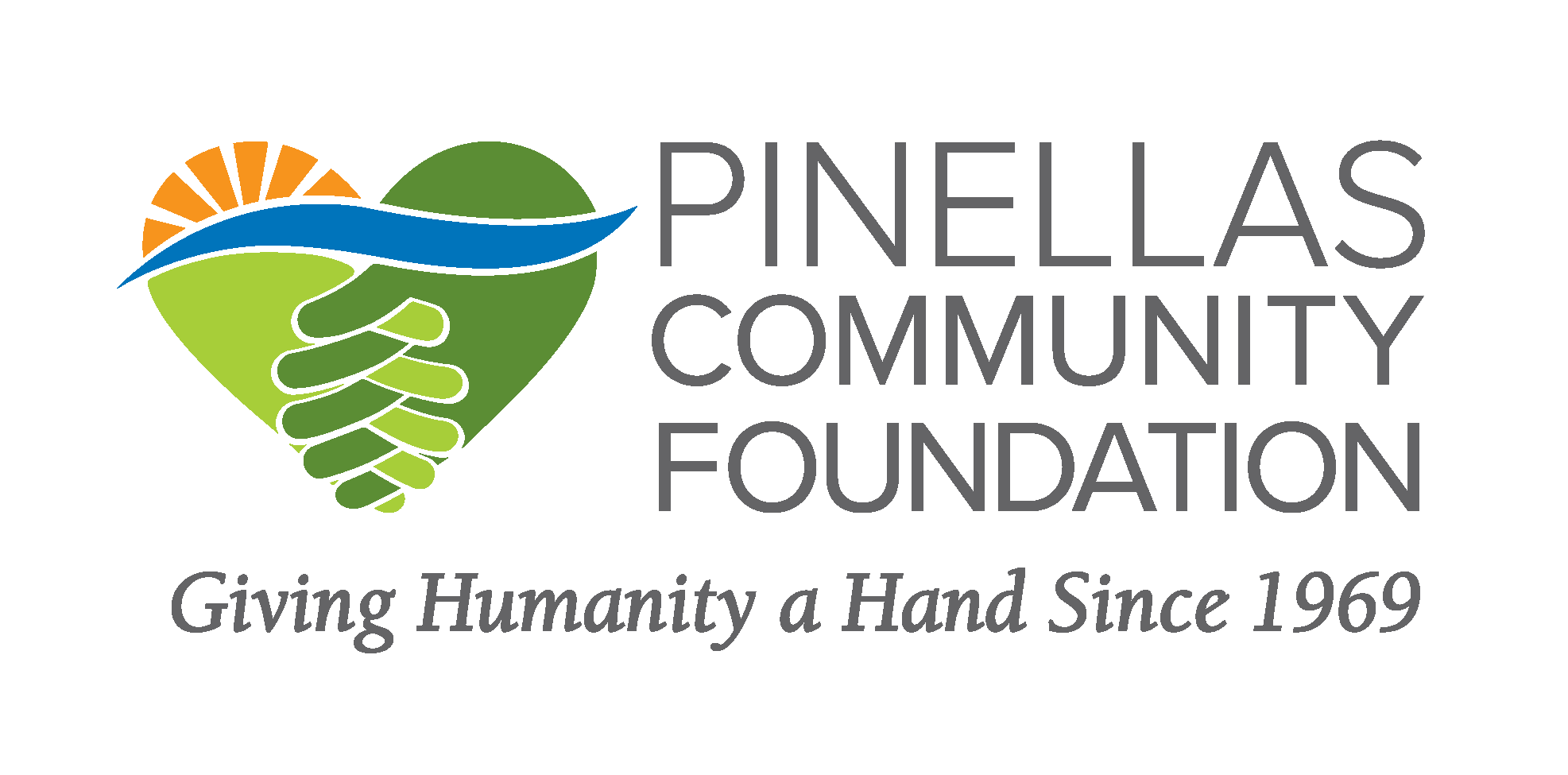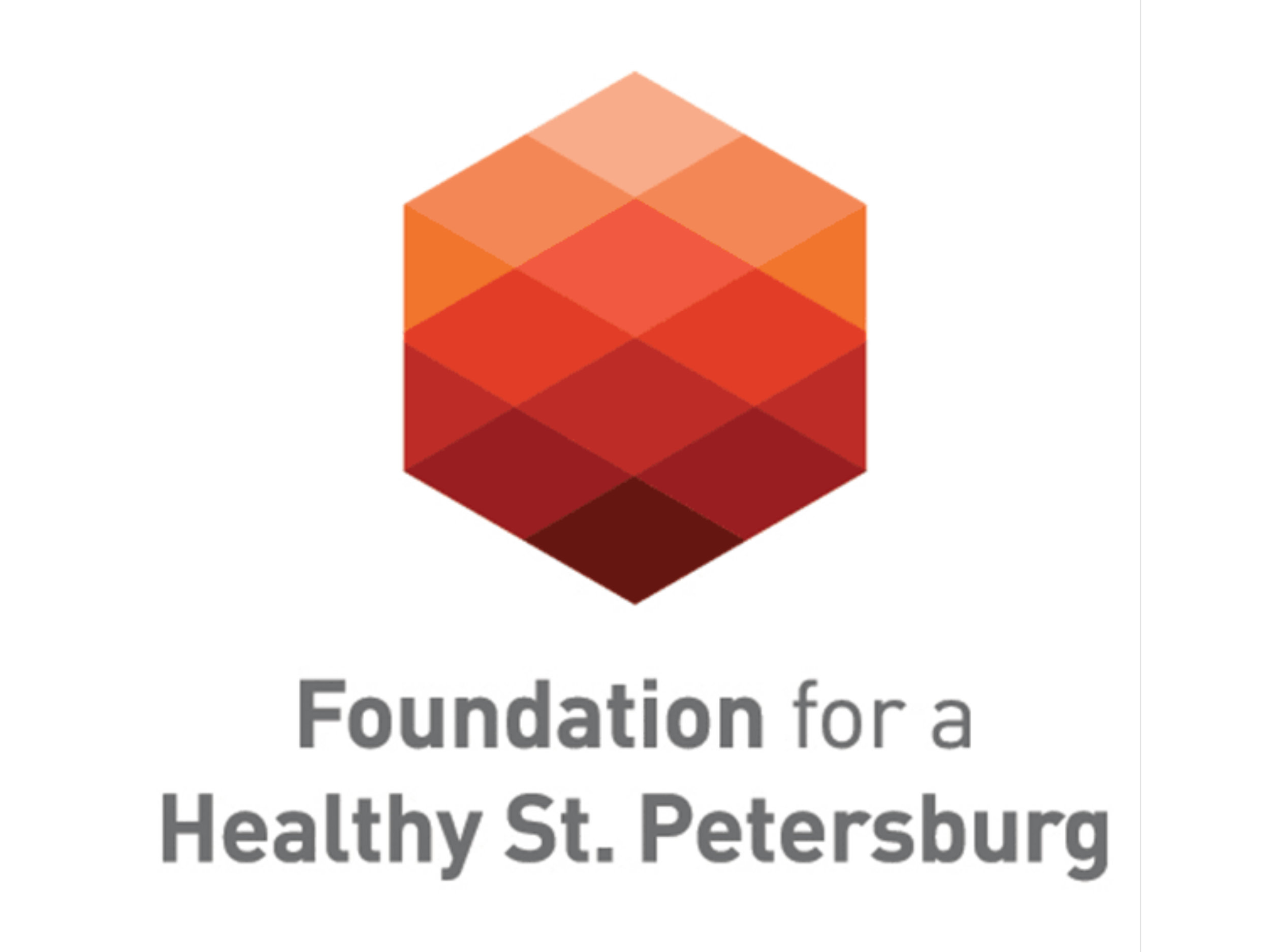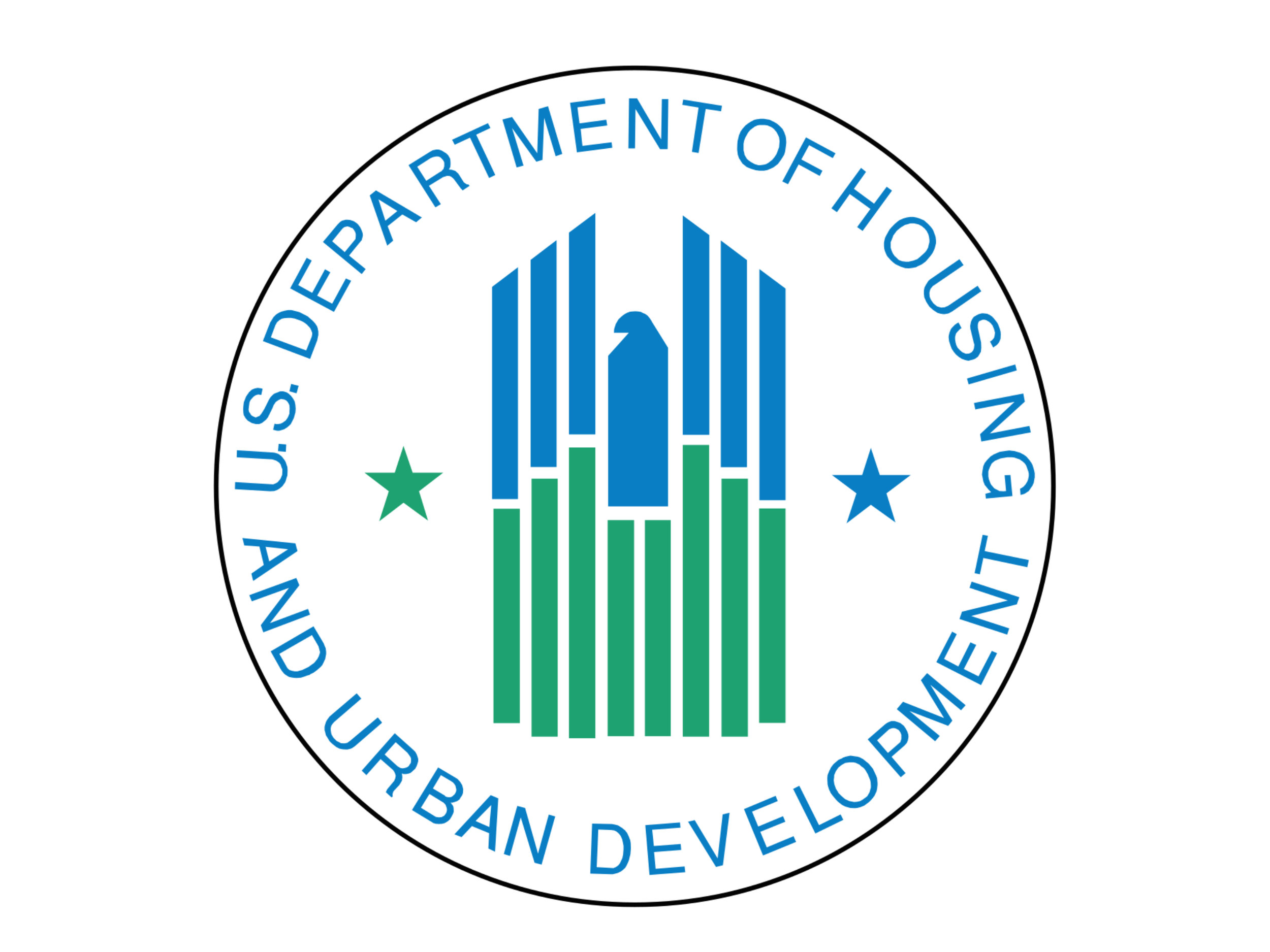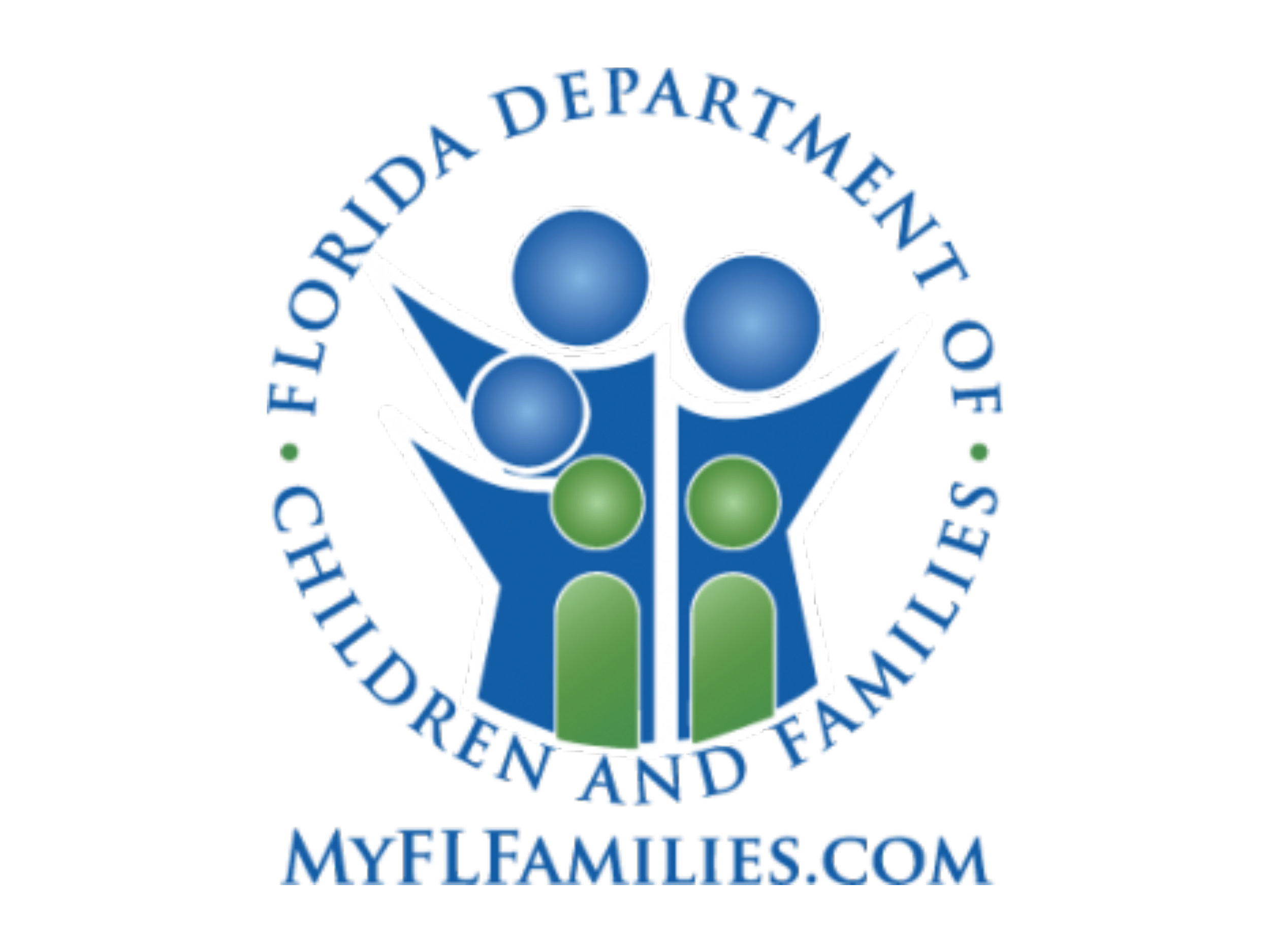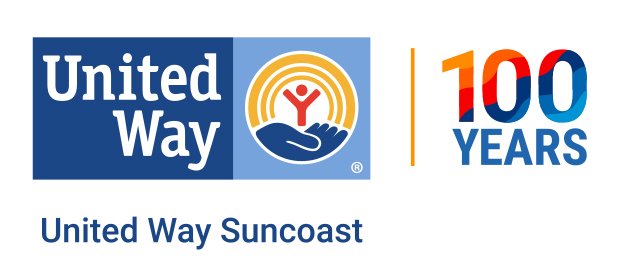KEY TERMS
At Risk of Homelessness
*An individual or family who:
* Has an annual income below 30 percent of median family income for the area, as determined by HUD;
* Does not have sufficient resources or support networks, e.g., family, friends, faith-based or other social networks, immediately available to prevent them from moving to an emergency shelter or another place described in paragraph (1) of the ‘‘Homeless’’ definition in this section; and
* Meets one of the following conditions:
* Has moved because of economic reasons two or more times during the 60 days immediately preceding the application for homelessness prevention assistance;
* Is living in the home of another because of economic hardship;
* Has been notified in writing that their right to occupy their current housing or living situation will be terminated within 21 days of the date of application for assistance;
* Lives in a hotel or motel and the cost of the hotel or motel stay is not paid by charitable organizations or by federal, State, or local government programs for low-income individuals;
* Lives in a single-room occupancy or efficiency apartment unit in which there reside more than two persons, or lives in a larger housing unit in which there reside more than 1.5 people per room, as defined by the U.S. Census Bureau;
* Is exiting a publicly funded institution, or system of care (such as a health-care facility, a mental health facility, foster care or other youth facility, or correction program or institution); or
* Otherwise lives in housing that has characteristics associated with instability and an increased risk of homelessness, as identified in the recipient’s approved consolidated plan
*A child or youth who does not qualify as ‘‘homeless’’ under this section, but qualifies as ‘‘homeless’’ under section 387(3) of the Runaway and Homeless Youth Act (42 U.S.C. 5732a(3)), section 637(11) of the Head Start Act (42 U.S.C. 9832(11)), section 41403(6) of the Violence Against Women Act of 1994 (42 U.S.C. 14043e–2(6)), section 330(h)(5)(A) of the Public Health Service Act (42 U.S.C. 254b(h)(5)(A)), section 3(m) of the Food and Nutrition Act of 2008 (7 U.S.C. 2012(m)), or section 17(b)(15) of the Child Nutrition Act of 1966 (42 U.S.C. 1786(b)(15)); or
*A child or youth who does not qualify as ‘‘homeless’’ under this section, but qualifies as ‘‘homeless’’ under section 725(2) of the McKinney-Vento Homeless Assistance Act (42 U.S.C. 11434a(2)), and the parent(s) or guardian(s) of that child or youth if living with her or him.
Chronically Homeless
*An individual who:
* Is homeless and lives in a place not meant for human habitation, a safe haven, or in an emergency shelter; and
* Has been homeless and living or residing in a place not meant for human habitation, a safe haven, or in an emergency shelter continuously for at least one year or on at least four separate occasions in the last 3 years; and
* Can be diagnosed with one or more of the following conditions: substance use disorder, serious mental illness, developmental disability (as defined in section 102 of the Developmental Disabilities Assistance Bill of Rights Act of 2000 (42 U.S.C. 15002)), post-traumatic stress disorder, cognitive impairments resulting from brain injury, or chronic physical illness or disability;
*An individual who has been residing in an institutional care facility, including a jail, substance abuse or mental health treatment facility, hospital, or other similar facility, for fewer than 90 days and met all of the criteria above before entering that facility; or
*A family with an adult head of household (or if there is no adult in the family, a minor head of household) who meets all of the criteria in paragraph (1) of this definition, including a family whose composition has fluctuated while the head of household has been homeless.
Hearth Act
On May 20, 2009, President Obama signed the Homeless Emergency Assistance and Rapid Transition to Housing (HEARTH) Act of 2009. The HEARTH Act amended and reauthorized the McKinney-Vento Homeless Assistance Act with substantial changes, including:
* A consolidation of HUD's competitive grant programs
* The creation of a Rural Housing Stability Assistance Program
* A change in HUD's definition of homelessness and chronic homelessness
* A simplified match requirement
* An increase in prevention resources
* An increase in emphasis on performance
On July 6, 2012, the President signed into law P.L. 112-141, the Moving Ahead for Progress in the 21st Century Act (MAP-21). Subtitle C, of Title II, Division F contained the following four HEARTH Act technical corrections:
* Replaced the definition of “local government”
* Replaced the definition of “State”
* Provided that HUD could continue permitting assistance and projects awarded under the McKinney-Vento Act to be subject to 24 CFR Part 58 for environment review requirements
* Provided that a metropolitan city and an urban county covered by a single Continuum of Care could jointly receive and administer a single grant under the Emergency Solutions Grant Program
System Performance Measures
In 2014, the U.S Department of Housing and Urban Development released seven (7) overarching performance measures to be implemented into each HMIS system for more effective, system-wide CoC performance. Future funding awards will rely heavily on the outcomes of each CoC's performance. These system performance measures are:
* Measure 1:** Length of Time Persons Remain Homeless
* Measure 2:**The Extent to which Persons who Exit Homelessness to Permanent Housing Destinations Return to Homelessness
* Measure 3:** Number of Homeless Persons
* Measure 4:** Employment and Income Growth for Homeless Persons in CoC Program-funded Projects
* Measure 5:** Number of Persons who Become Homeless for the First Time
* Measure 6:** Homeless Prevention and Housing Placement of Persons defined by category 3 of HUD’s Homeless Definition in CoC Program-funded Projects
* Measure 7:** Successful Placement from Street Outreach and Successful Placement in or Retention of Permanent Housing
Homeless
*An individual or family who lacks a fixed, regular, and adequate nighttime residence, meaning:
* An individual or family with a primary nighttime residence that is a public or private place not designed for or ordinarily used as a regular sleeping accommodation for human beings, including a car, park, abandoned building, bus or train station, airport, or camping ground;
* An individual or family living in a supervised publicly or privately operated shelter designated to provide temporary living arrangements (including congregate shelters, transitional housing, and hotels and motels paid for by charitable organizations or by federal, State, or local government programs for low-income individuals); or
* An individual who is exiting an institution where he or she resided for 90 days or less and who resided in an emergency shelter or place not meant for human habitation immediately before entering that institution;
*An individual or family who will imminently lose their primary nighttime residence, provided that:
* The primary nighttime residence will be lost within 14 days of the date of application for homeless assistance;
* No subsequent residence has been identified; and
* The individual or family lacks the resources or support networks, e.g., family, friends, faith-based or other social networks, needed to obtain other permanent housing
*Unaccompanied youth under 25 years of age, or families with children and youth, who do not otherwise qualify as homeless under this definition, but who:
* Are defined as homeless under section 387 of the Runaway and Homeless Youth Act (42 U.S.C. 5732a), section 637 of the Head Start Act (42 U.S.C. 9832), section 41403 of the Violence Against Women Act of 1994 (42 U.S.C. 14043e–2), section 330(h) of the Public Health Service Act (42 U.S.C. 254b(h)), section 3 of the Food and Nutrition Act of 2008 (7 U.S.C. 2012), section 17(b) of the Child Nutrition Act of 1966 (42 U.S.C. 1786(b)), or section 725 of the McKinney-Vento Homeless Assistance Act (42 U.S.C. 11434a);
* Have not had a lease, ownership interest, or occupancy agreement in permanent housing at any time during the 60 days immediately preceding the date of application for homeless assistance;
* Have experienced persistent instability as measured by two moves or more during the 60-day period immediately preceding the date of applying for homeless assistance; and
* Can be expected to continue in such status for an extended period of time because of chronic disabilities; chronic physical health or mental health conditions; substance addiction; histories of domestic violence or childhood abuse (including neglect); the presence of a child or youth with a disability; or two or more barriers to employment, which include the lack of a high school degree or General Education Development (GED), illiteracy, low English proficiency, a history of incarceration or detention for criminal activity, and a history of unstable employment;
*Any individual or family who:
* Is fleeing, or is attempting to flee, domestic violence, dating violence, sexual assault, stalking, or other dangerous or life-threatening conditions that relate to violence against the individual or a family member, including a child, that has either taken place within the individual’s or family’s primary nighttime residence or has made the individual or family afraid to return to their primary nighttime residence;
* Has no other residence; and
* Lacks the resources or support networks, e.g., family, friends, and faith-based or other social networks, to obtain other permanent housing.
**_Please Note_**: The final rule, published in the Federal Register, contains a typo in the preamble. On page 75977, the preamble text mistakenly indicates that written documentation of disability includes written verification from a professional who is licensed by the state to diagnose and treat the condition AND written verification from the Social Security Administration or the receipt of a disability check. The regulatory text found on page 76016 and page 76019 contain the correct requirements. These sections indicate that acceptable evidence of a disability includes:
* Written verification of the disability from a professional licensed by the state to diagnose and treat the disability and his or her certification that the disability is expected to be long-continuing or of indefinite duration and substantially impedes the individual’s ability to live independently; or
* Written verification from the Social Security Administration; or
* The receipt of a disability check; or
* Intake staff-recorded observation of a disability that, no later than 45 days of the application for assistance, is confirmed and accompanied by evidence in this; or Other documentation approve by HUD.
Housing First
Housing First is an approach to ending homelessness that centers on providing people experiencing homelessness with housing as quickly as possible – and then providing services as needed. This approach has the benefit of being consistent with what most people experiencing homelessness want and seek help to achieve.
Housing First programs share critical elements:
* A focus on helping individuals and families access and sustain permanent rental housing as quickly as possible without time limits;
* A variety of services delivered to promote housing stability and individual well-being on an as-needed basis; and
* A standard lease agreement to housing – as opposed to mandated therapy or services compliance.
****Please Note:** Housing First does not apply to Shelter. Shelter is not housing. Shelters, instead, should be as "Low Barrier" as possible in order to ensure that: a) shelter entry is easy and b) there are minimum requirements to remain sheltered until permanent housing is located.

